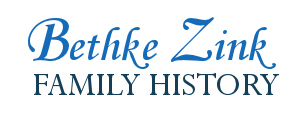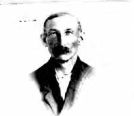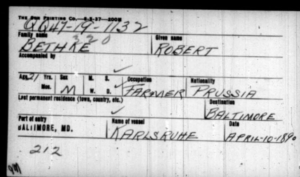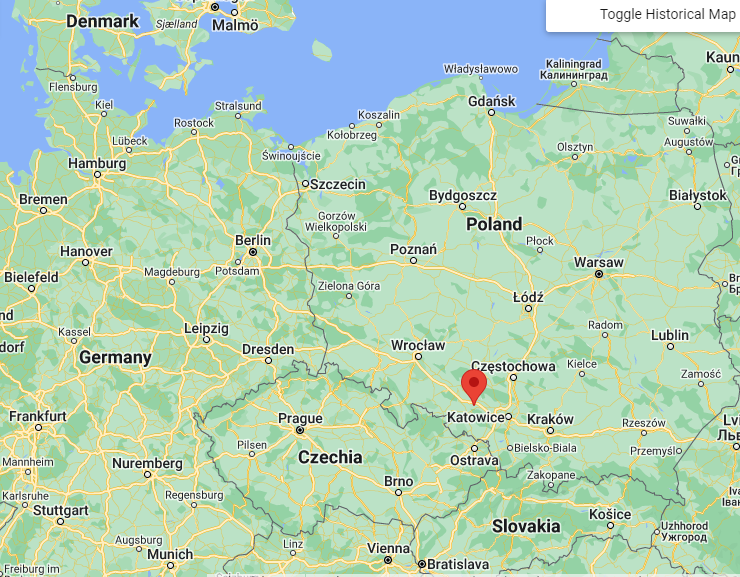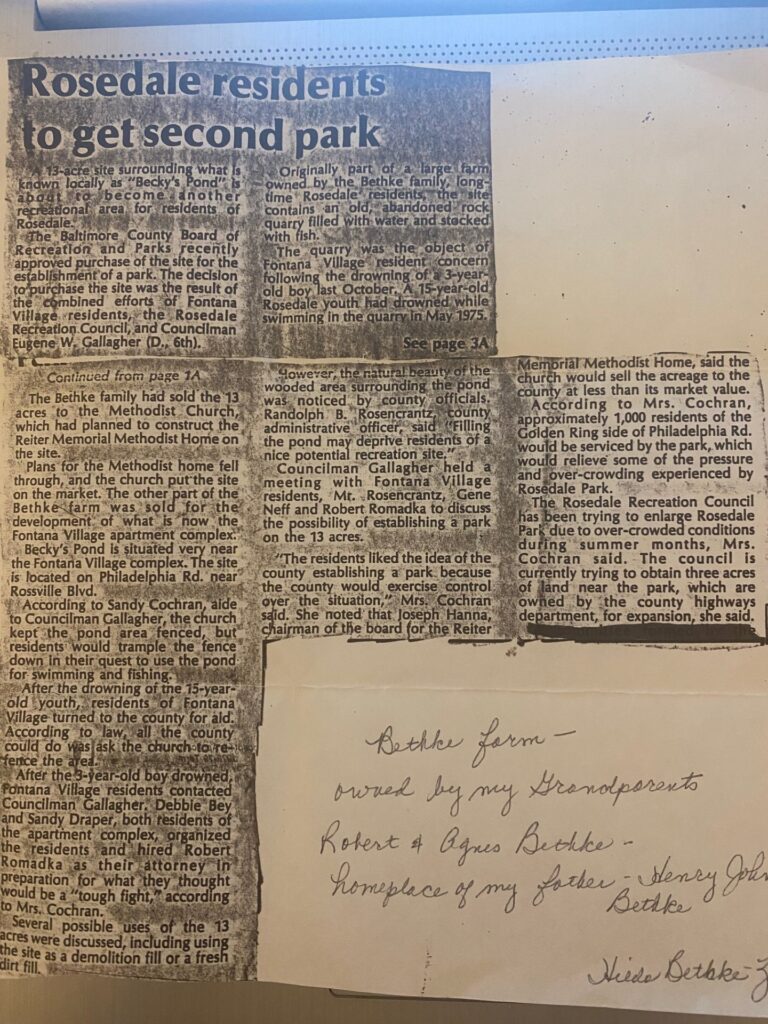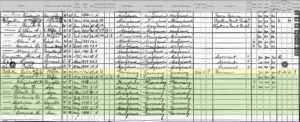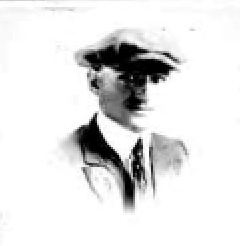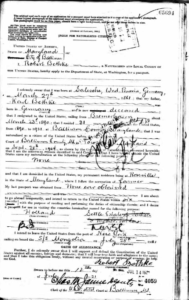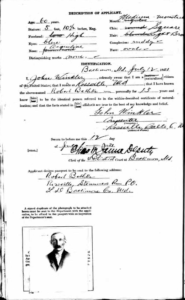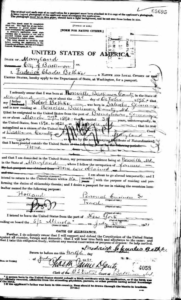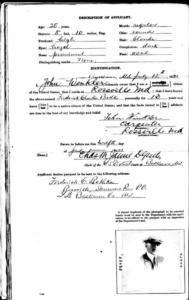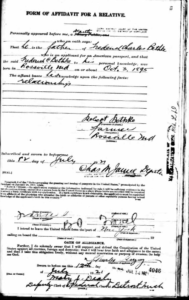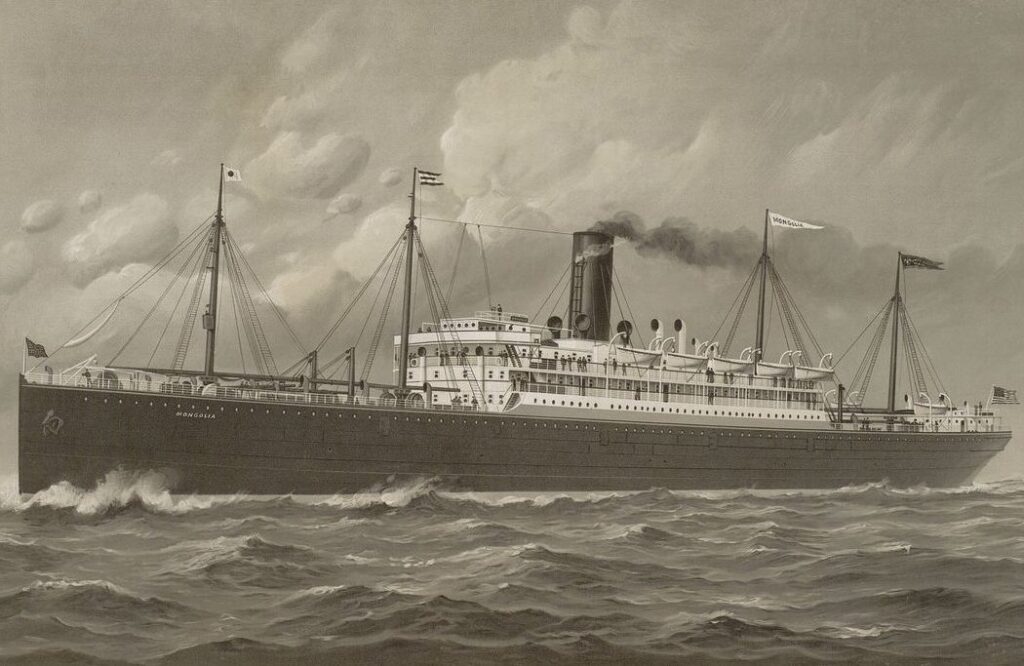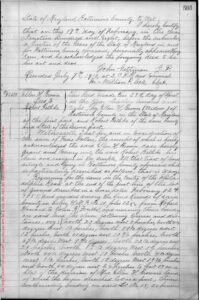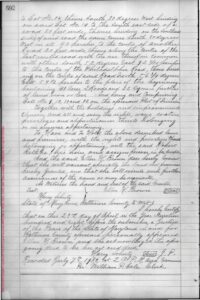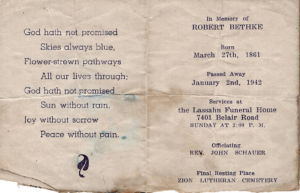Robert Bethke (Carl Friedrich Robert Bethke) was born March 27, 1861 in Salesche, West Prussia, Germany. He was baptised on May 20, 1861 in Bukowitz in West Prussia. His parents were Karl (Carl) and Wilhelmine Fenske. Robert immigrated from near the border of Germany and Poland (he could speak both languages). He sailed from the port of Bremerhaven to the US on March 23, 1890, according to the 1900 Census records and a 1921 passport application.
He married Agnes Hohr on December 26 1886 in Bukowitz, Westpreußen, Polen (West Prussia, Poland). She was born in 1872 in Germany and immigrated to the US in August 1890 with Hugo (age 2) and Elise (age 11 months), according to Census records.
They lived on a farm in 1900, and had a mortgage on the house. Robert was a farmer. He passed away on January 2, 1942. Services were held at Lassahn Funeral Home, with Reverend John Schauer officiating, and laid to rest at Zion Lutheran Cemetery.
Their children:
- Elizabeth, born in December 1889, (Hilda called her ‘Aunt Lizzie’)
- Henry John, born 1891
- Robert Joseph, born Sept. 4, 1892
- Frederick C, born July 1894
- Molivena A, born August 1896
- Carl Julius “Charlie”, born March 21, 1899
- Conrad R., born May 1899
The 1910 Census listed them as having 11 children born to them and 10 children living. Address is Philadelphia Road. Robert’s industry was listed as ‘Truck’. He was 49 years old and married for 22 years.
The 1910 Census lists the children:
- Robert, age 18, laborer on the farm
- Frederick, age 16, laborer on the farm
- Mariana (Molivena?), age 13
- Lottie, age 11; maybe aka Charlotte?
- Wilhelm, age 9
- Albert, age 7
- Carl Julius, age 3
- Herman, age 1
The 1920 Census shows that Robert and Agnes were naturalized in 1900.
Children are (names and ages don’t seem to match up with 1910 census):
- Henry Bethke 28, laborer on home farm
- Robert (Joseph) Bethke 26, laborer on home farm; veteran of World War I
- Fred Bethke 24, machinist at shipyard; veteran of World War I
- Charles Bethke (aka Carl Julius?) 20, laborer on home farm
- Herman Bethke 18, laborer on home farm
- Wilhelm Bethke 14
- Albert William Bethke 12, born Nov 27, 1908
- Louis Bethke 10
1930 Census shows they have a Radio Set and live on a farm on Philadelphia Road. Robert was 26 and Agnes was 15 when they married. None of the children attended school but they could read and write.
Robert is shown as a self-employed farmer.
Children:
- Robert Jr., age 36, is a veteran of the World War.
- William A., born 1907, age 23, is a laborer on the truck farm
- Albert, age 20, is a laborer on the truck farm
- (Louis) Ludwig, age 18, is a laborer on the truck farm
- Herman Ferdinand, born 5/12/1901, laborer at a power plany
- William, assumed to be son of Herman, age 2 and 9/12 months
A 1936 Baltimore Directory lists Robert as owner of a produce stall at the Canton Market and residing in Stemmers Run.
The Bethke Ore Bank Iron Mine was located on Robert Bethke’s farm in Rossville, Maryland. The Maryland Geological and Ecological Survey published the 1911 Report on the Iron Ores of Maryland: “On Mr. Robert Bethke’s farm, a half mile northwest of Rossville, is an old bank which, together with its dumps, covers an area of about six acres. Except for a little mining done by Mr. Bethke in the early eighties, the bank has not been worked for over thirty years.”
